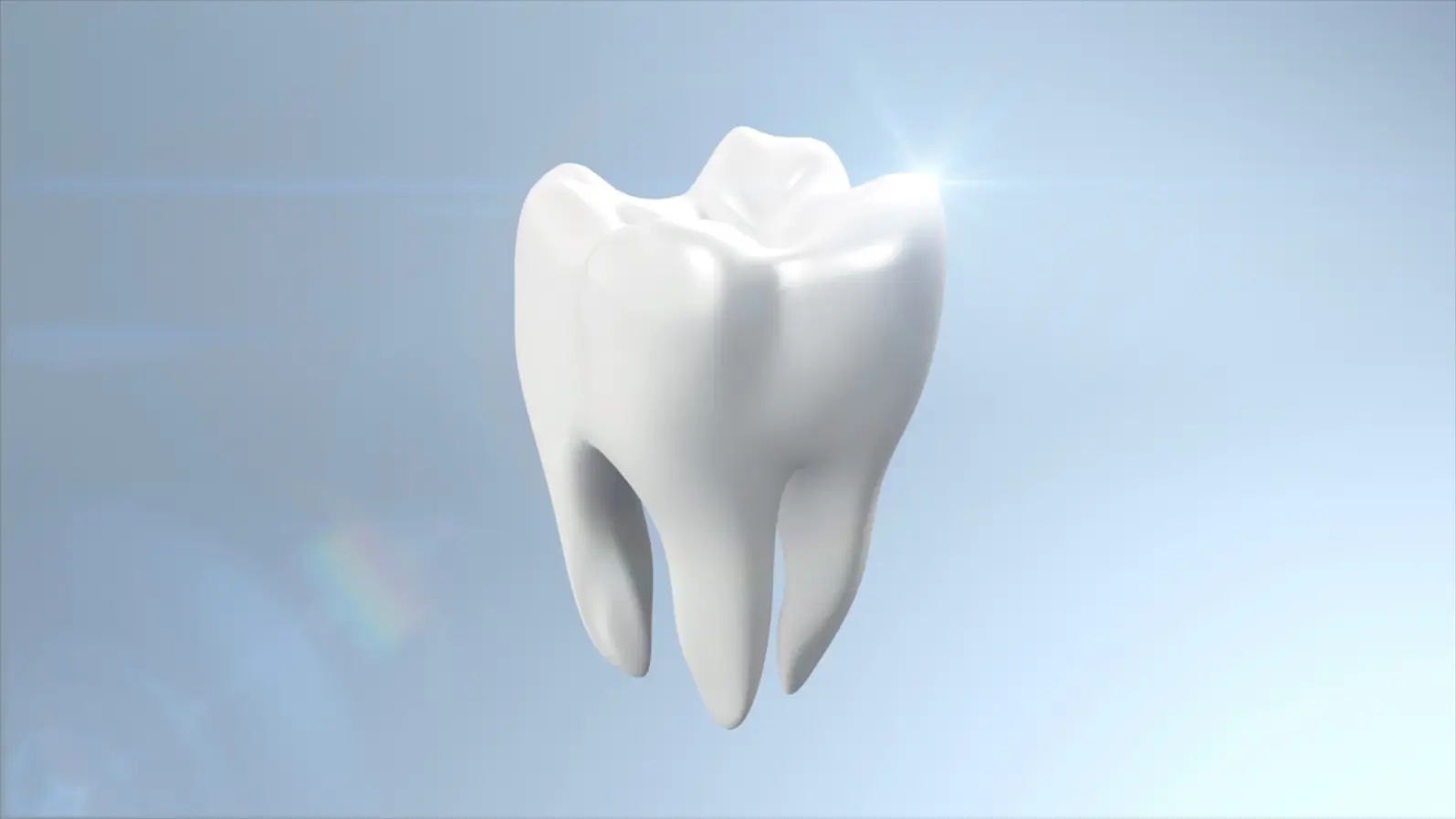
Teeth as Time Capsules: Ancient Immune Proteins Reveal the Health of Native Californians
A New Way to Read the Past
Archaeologists have long relied on bones, artifacts, and burial records to learn about past lives. But a new study has opened another remarkable window: the proteins preserved in human tooth enamel. Researchers found that immune system proteins—normally circulating in the blood—can survive for centuries inside enamel, offering direct evidence of health and stress in ancient populations.
Looking at Mission-Era California
The study, led by Tammy Buonasera and colleagues from the University of California, Davis and other institutions, analyzed teeth from Ohlone ancestors buried at Asistencia San Pedro y San Pablo in Pacifica, California, during the Spanish Mission period (late 1700s). These were compared with:
European-Americans buried in 19th-century San Francisco cemeteries
Modern U.S. Air Force cadets, whose extracted molars provided a contemporary baseline
The researchers looked for two key immune proteins:
Immunoglobulin G (IgG): an antibody that rises with chronic infections
C-reactive protein (CRP): a marker of inflammation and stress
They also measured serum albumin, the most common blood protein, to provide a comparison point.
What the Proteins Reveal
The results were striking:
Higher IgG levels were found in Mission-era Ohlone individuals compared to both modern and historic European-American groups.
CRP was detected in more than half of the Mission-period samples, but rarely in 19th-century San Franciscans and never in modern cadets.
Younger individuals buried at the asistencia showed the strongest immune protein signals, suggesting they were especially vulnerable to illness and stress during early life.
These findings point to the harsh realities of Mission life—where disease outbreaks (like tuberculosis), cultural upheaval, and malnutrition took a heavy toll on Native communities.
Why Teeth Matter
Unlike bone, which remodels over a lifetime, tooth enamel forms in childhood and remains unchanged. This means the proteins locked inside it are biochemical snapshots of early life health. The study is the first to recover and analyze immune proteins in ancient enamel, showing that even the invisible traces of stress and disease can be detected hundreds of years later.
A Tool for Reconstructing Ancient Health
The researchers argue that this method could transform archaeology and anthropology. By tracking immune proteins, scientists can now:
Identify exposure to chronic disease in past populations
Explore the impact of social and environmental stress
Compare health across different historical groups with unprecedented detail
Conclusion
For the Ohlone people, the immune proteins preserved in their teeth speak volumes about the challenges they faced under Spanish colonization. More broadly, this research shows that our teeth are not just records of diet and age—they are silent witnesses to the battles our bodies fought centuries ago.
Reference
Buonasera, T., Eerkens, J., Malarchik, D., Panich, L.M., Canzonieri, C., Zimmer, C., Clough, C., Ostrander, T., Sutton, A., Salemi, M., & Parker, G. (2024). Immune proteins recovered in tooth enamel as a biochemical record of health in past populations: Paleoproteomic analysis of Mission Period Native Californians. Journal of Archaeological Science, 171, 106069. https://doi.org/10.1016/j.jas.2024.106069